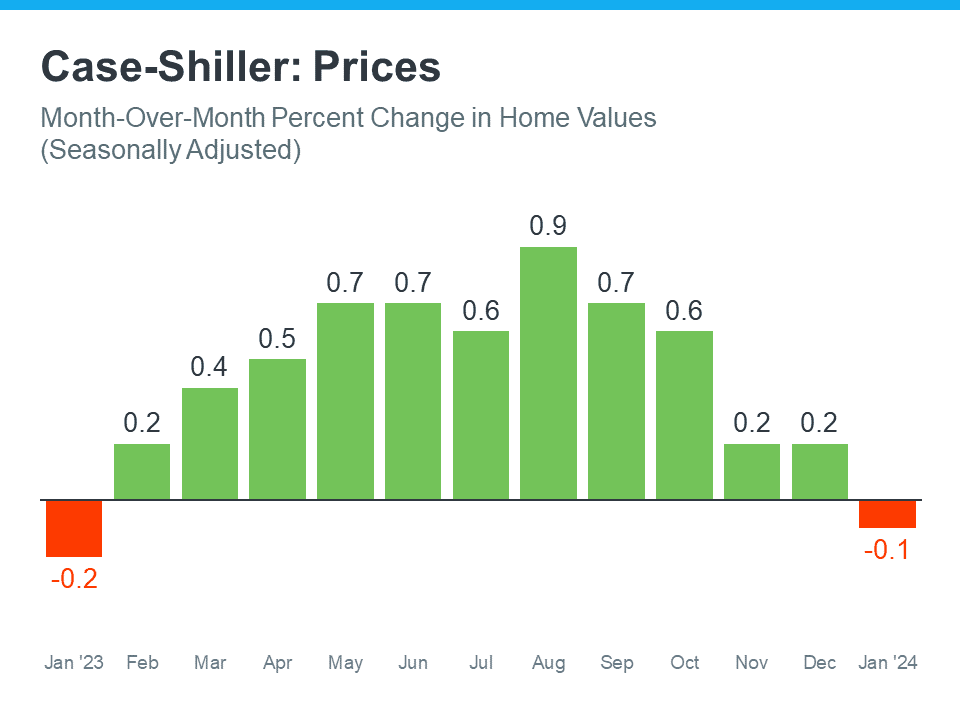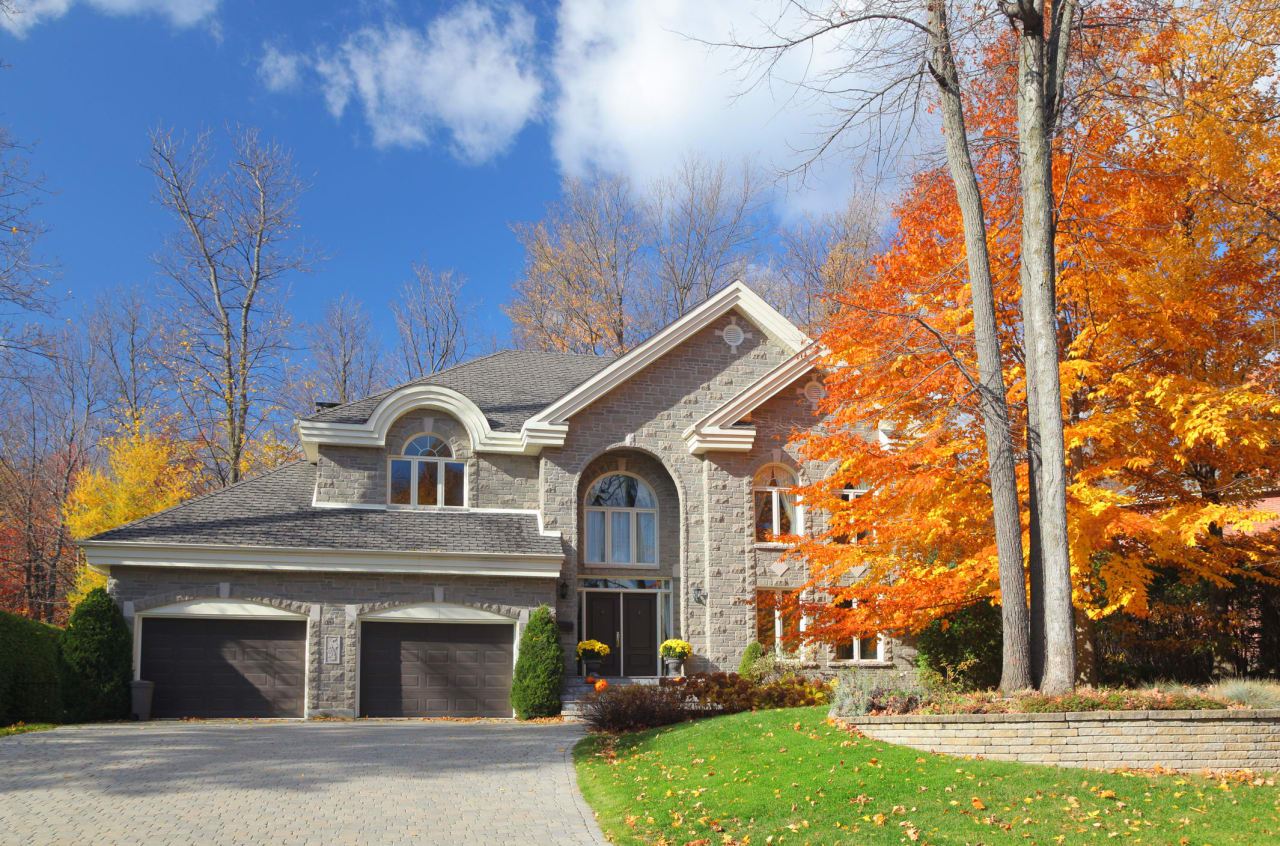Home prices remain near all-time highs, largely due to the sustained low inventory levels, and despite the average 30-year mortgage rate hitting a 23-year high in October at 7.79%. It’s hard to overstate the full significance of higher mortgage rates on the market; but, in short, they are the primary driver of market slowdown. For example, when accounting for the cost of financing a mortgage, a buyer’s monthly cost for a median home today is actually 11% higher than in June 2022 when prices were at their peak. Looking further back to when the Fed began to raise rates at the beginning of 2022, the median monthly cost of a home has increased 76% from then until now.
So why have prices stayed elevated even as the cost of financing has skyrocketed over the past 22 months? For sellers, prices have to stay high or else they wouldn’t enter the market. Approximately 75% of U.S. homeowners have mortgage rates of less than 4%, according to JPMorgan, which has kept sellers from entering the market. If prices broadly contracted, even fewer sellers would come to market because they likely couldn’t afford a new house because their profit margin would be too low. Although people move for all sorts of reasons, generally speaking, there are very few sellers who are selling because they have no choice. Even if sellers were breaking even on their home sale, transitioning from a sub 4% mortgage to a nearly 8% rate is completely unappealing. Sellers who are coming to market now need to make a profit so that they can finance less of their next home in order to counteract the higher mortgage rate. Of course, this is for existing homes, but new construction isn’t much different. Material and financing costs are higher for homebuilders, too, and when a house costs more to build, the prices increase as well.
Inflation isn’t helping the market, either. People feel less wealthy than they did three years ago, and they’re right to feel that way. In just the three years from September 2020 to September 2023, the dollar has lost about 15% of its buying power, the same amount it lost over the preceding 10 years (September 2010 to September 2020). Even though inflation is declining, all that means is that prices are rising more slowly than last year — which is good, but it doesn't make anything more affordable. The combination of declining purchasing power and higher mortgage rates only reduces market participants, slowing the market.
High mortgage rates aren’t going away anytime soon because inflation is still about twice as high as the Fed would like. So far, most of the economic slowing the Fed intended by raising rates seems to be isolated to the housing market. The National Association of Realtors (NAR) reported that the number of homes sold dropped 2.0% month over month and 15.4% year over year to the lowest number of sales in the four years that NAR reports. Real GDP rose significantly in Q3 2023, indicating strong U.S. economic growth rather than economic slowdown. It’s unlikely that the Fed will hike rates at the December meeting, and very unlikely that they will reduce rates in the near future. We can expect mortgage rates between 7% and 8% in 2024, which will continue to slow the market.
Different regions and individual houses/property vary from the broad national trends. In general, higher-priced regions (the West and Northeast) have been hit harder by mortgage rate hikes than less expensive markets (the South and Midwest) because of the absolute dollar cost of the rate hikes and limited ability to build new homes. As always, we will continue to monitor the housing and economic markets to best guide you in buying or selling your property.









